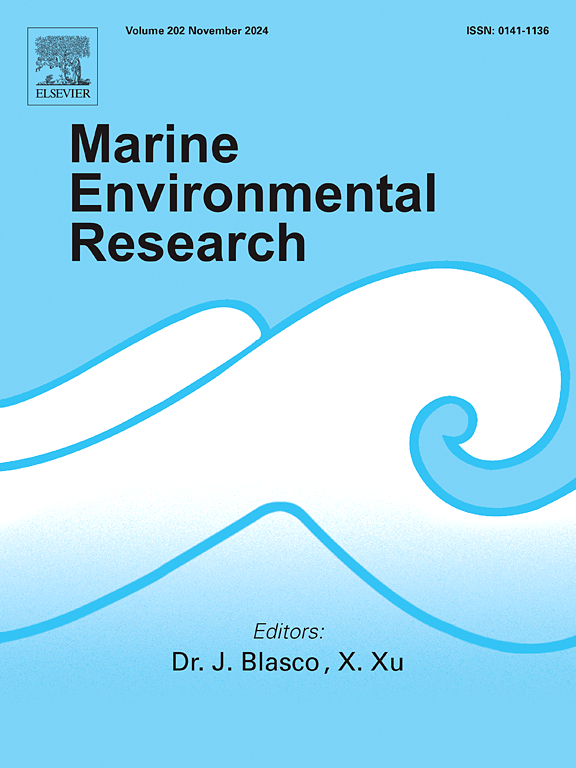Evaluating the global sea snake diversity and distribution under climate change scenario
IF 3
3区 环境科学与生态学
Q2 ENVIRONMENTAL SCIENCES
引用次数: 0
Abstract
Anthropogenically accelerated climate change has wreaked havoc on marine ecosystems, particularly affecting marine reptiles such as sea snakes. These reptiles are highly sensitive to climate change induced coral reef degradation and environmental fluctuations, leading to habitat expansion and increased human-sea snake interactions. Despite this, till date no comprehensive investigation of global sea snake diversity and distribution has been conducted. In this study, we used MaxEnt Species Distribution Modelling (SDM) to assess effects of climate change on sea snake distribution from 1993 to 2024. This analysis integrates occurrence data sourced from exhaustive literature reviews and biogeographic databases with environmental predictors like seawater temperature, salinity, and chlorophyll a concentration. The study identifies 74 species across 11 genera and 3 families. Among 14 biogeographic habitats examined, the South Pacific and Indian Oceans exhibit highest species richness, while the Atlantic Ocean shows the lowest. Notably, species in the Bay of Bengal and Arafura Sea demonstrate significant taxonomic distinctness. Furthermore, our findings reveal a substantial expansion of sea snake habitats from equatorial to temperate regions, primarily driven by increase in seawater temperature. Optimal habitat suitability is associated with temperatures of approximately 30 °C, chlorophyll a concentration of around 0.3 mg m−3, and salinity levels between 35 and 40 g L−1. These insights into sea snake diversity and distributional shifts induced by global climate change are critical for formulating evidence-based management strategies, including implementation of sustainable fishing practices, preservation of critical habitats, and establishment of rigorous bycatch mitigation protocols to ensure conservation of these ecologically significant marine reptiles.

求助全文
约1分钟内获得全文
求助全文
来源期刊

Marine environmental research
环境科学-毒理学
CiteScore
5.90
自引率
3.00%
发文量
217
审稿时长
46 days
期刊介绍:
Marine Environmental Research publishes original research papers on chemical, physical, and biological interactions in the oceans and coastal waters. The journal serves as a forum for new information on biology, chemistry, and toxicology and syntheses that advance understanding of marine environmental processes.
Submission of multidisciplinary studies is encouraged. Studies that utilize experimental approaches to clarify the roles of anthropogenic and natural causes of changes in marine ecosystems are especially welcome, as are those studies that represent new developments of a theoretical or conceptual aspect of marine science. All papers published in this journal are reviewed by qualified peers prior to acceptance and publication. Examples of topics considered to be appropriate for the journal include, but are not limited to, the following:
– The extent, persistence, and consequences of change and the recovery from such change in natural marine systems
– The biochemical, physiological, and ecological consequences of contaminants to marine organisms and ecosystems
– The biogeochemistry of naturally occurring and anthropogenic substances
– Models that describe and predict the above processes
– Monitoring studies, to the extent that their results provide new information on functional processes
– Methodological papers describing improved quantitative techniques for the marine sciences.
 求助内容:
求助内容: 应助结果提醒方式:
应助结果提醒方式:


